This is ALF EPISODE 546. Check out our archives for more information on estuary perch fishing and Hawkesbury Fishing Spots
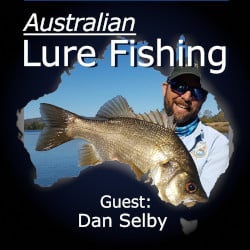

Dan’s Tips For Estuary Perch Fishing
- Estuary perch are more widespread and accessible in southern estuaries than most people realise. However, they inhabit different structures and habitats in different systems and you need to figure them out.
- For perch, the most productive Hawkesbury River Fishing spots tend to be about 3-4m deep most of the year and 5-7m depth during the winter.
- Hawkesbury estuary perch tend to aggregate in areas where there are eddies and back currents caused by rock bars, points, submerged timber and so on
- Technology isn’t required to find the fish, just look for structure and back eddies. Once you’ve found them and figured out what works on the day it’s not unusual to get cricket score catches.
- Estuary perch are school fish and are competitive, so if you miss a strike stay focussed. Quite often a second fish will nail a lure that’s just been ejected by his mate.
- Estuary perch can be caught on most phases of the moon and on most tides. However, they love to eat prawns, so the period around a new moon is often a bite window.
- Neap tides can sometimes be a little tough as there may not be enough water movement to create perch-holding eddies. During more typical tides the estuary perch fish best during the high flow periods and go quiet around the turn of tide. This is the opposite for jewfish, making it possible to fish productively through the full tidal cycle by switching between species.
Dan’s Preferred Estuary Perch Fishing Tackle
- A 2-3 kg line class spin rod is sufficient to stop perch but Dan likes a 3-4kg rod for additional stiffness to work Lures. He couples this with a a 1000 or 1500 size reel spooled with 2-3kg braid. Leaders range from 3kg to 6kg, with 4kg being the norm. Perch are not generally leader shy.
Dan’s Best Estuary Perch Fishing Lures
- 2.5” Soft plastic grubs in relatively natural colours are the number one choice for Hawkesbury estuary perch. Brand is not important, Dan uses various Squidgies, Z-man, Berkeley, and other major brands as well as ‘no-name’ brands at times. Motor oil and bloodworm colours work well. He generally fishes the grubs on 1/12 oz jig heads (hook size 1) in water depths of 3-4m but sometimes switches to smaller hidden weight 1/20 – 1/40 oz lures if the currents a slower and allow it. Let lure sink to the bottom until the line goes slack, then give a couple of small, subtle twitches before letting the lure sink down again. Rinse and repeat until the lure is back at the boat. Perch typically pick the lure up on the drop or while it’s stationary. Set the hooks at the slightest sign of the line twitching or behaving strangely, even if a lot of them are false strikes. It’s important to work with the current so your lure reaches the bottom.
- Small metal blades like TT Switchblades are a hit on estuary perch and work well when the current is stronger or the water is deeper. Dan allows these lures to sink to the bottom then hops them back keeping them close to the bottom. With blades his preferred retrieve is a single, gentle lift that’s just sufficient to make the lure vibrate, then allowing it to sink back on a semi-taut line. As with the soft plastics, fish tend to take the lure while it’s on the drop or stationary so be prepared to set the hooks at the slightest tick in the line.
- Small hard-body minnows work well, with various makes and models, both slender and more stocky doing the job. Choose lures that crash down to the bottom fast, then work them with variable speeds and plenty of pauses. Most strikes will come when the lure is stationary.
Dan Selby
Fishing Guide
Dan has been guiding clients professionally on the Hawkesbury River and Sydney Harbour for nine years and has an extremely good knowledge of the many fish species available in these systems. Mulloway (jewfish), kingfish, flathead, bream and bass are his main targets, but plenty of other species come into these systems to play, too. Such as Estuary Perch, for example!

The Five Best Fishing Spots In Sydney With Luke Kay
The greater Sydney area has no shortage of fishing opportunities for lure tossers, as today’s guest Luke Kay shares in this interview. From the bays and estuaries to the ocean rocks, Luke takes us through where he likes to go in search of fish.
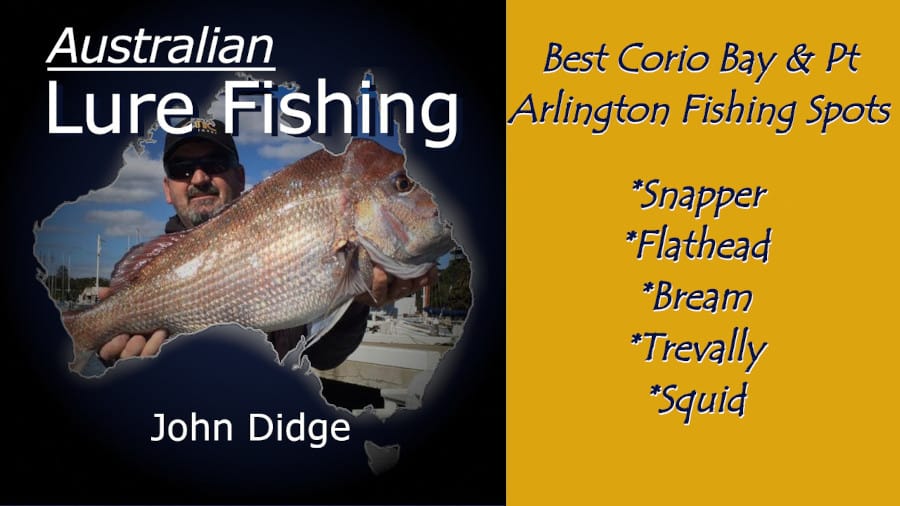
Episode 557: Corio Bay & Geelong Fishing Spots With John Didge
John Didge Radio Personality, Sponsored Angler John has over 40 years experience fishing Corio Bay. He's co-hosted various fishing radio shows for the Geelong region for over 30 years, written articles and presented fishing from stage. John is a soft plastic lure...
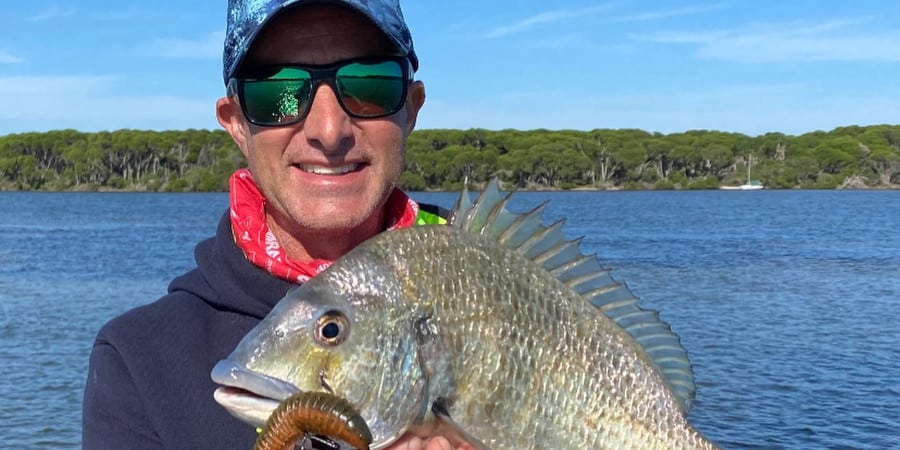
Episode 513: Five Best Winter Fishing Options For Melbourne With Lee Rayner
Looking for winter fishing options around Melbourne? Lee Rayner reckons southern fishing can be spectacular in the cooler months.
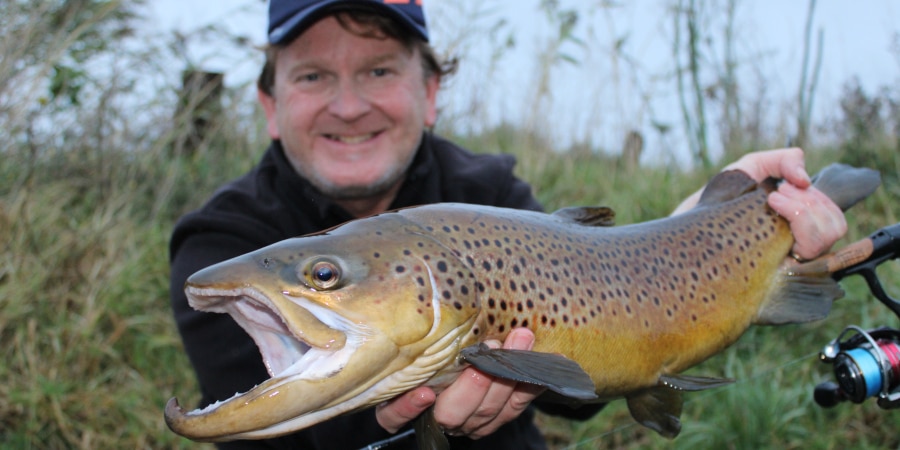
Episode 510: Five Winter Fishing Spots Around Warrnambool With Mark Gercovich
Mark Gercovich SW Vic Fishing Personality And Journalist Former tournament angler, Mark Gercovich is a prolific fishing writer who has penned numerous articles for Victoria Fishing Monthly, Fishing World, Freshwater Fishing Australia, Kaydo Fishing World, Hooked Up...
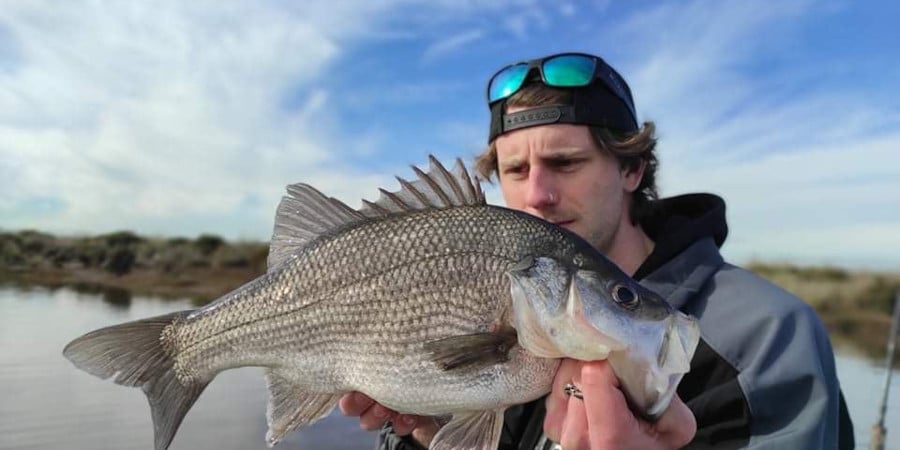
Episode 498: South Gippsland Estuary Perch With Casey George
Estuary perch are a tough little southern sportfish that are both exciting and frustrating at times. Casey George explains how he avoids the latter!

The Five Best Fishing Spots In Sydney With Luke Kay
The greater Sydney area has no shortage of fishing opportunities for lure tossers, as today’s guest Luke Kay shares in this interview. From the bays and estuaries to the ocean rocks, Luke takes us through where he likes to go in search of fish.

Episode 557: Corio Bay & Geelong Fishing Spots With John Didge
John Didge Radio Personality, Sponsored Angler John has over 40 years experience fishing Corio Bay. He's co-hosted various fishing radio shows for the Geelong region for over 30 years, written articles and presented fishing from stage. John is a soft plastic lure...
Dan’s Business And Sponsors
Sydney Sportfishing Adventures
Prolure Australia
Shimano Australia
Lowrance


0 Comments